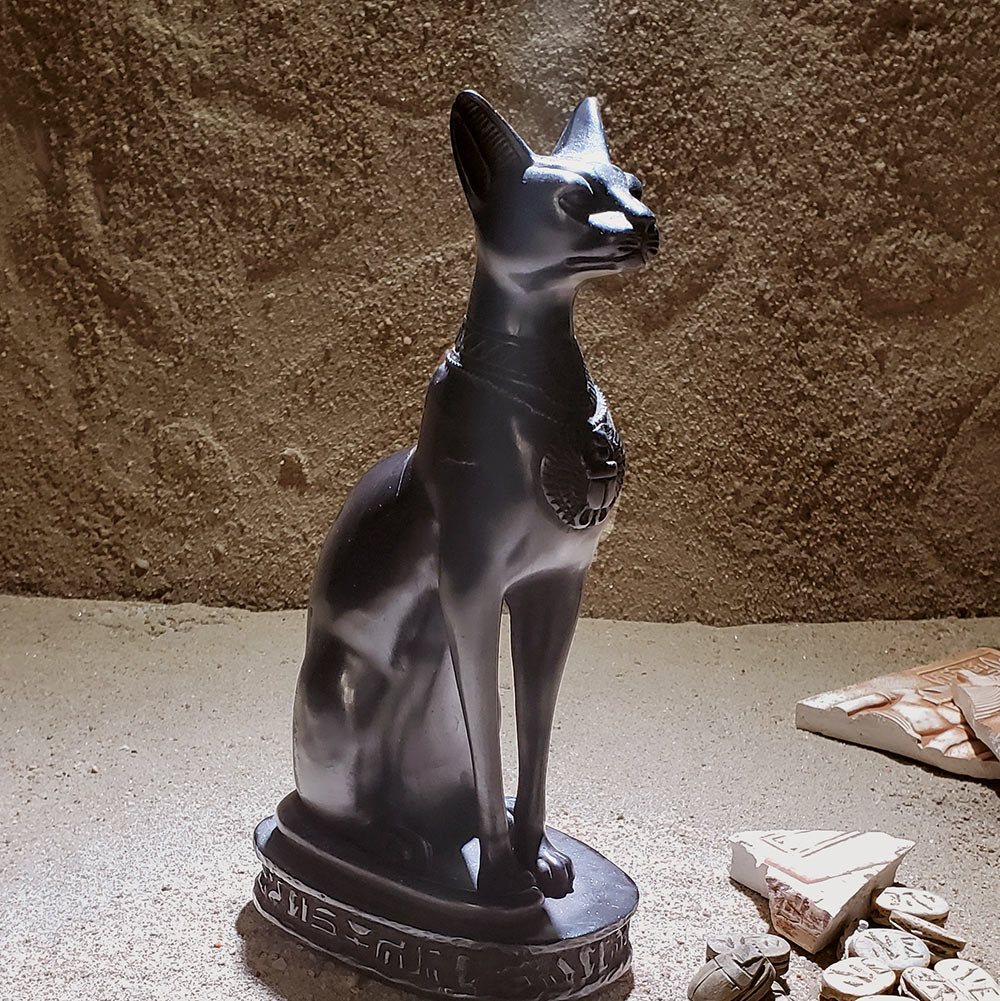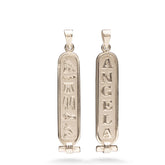Egyptian Deity: Osiris the Ancient Egyptian God of the Afterlife

Osiris is one of the most well-known gods in ancient Egyptian mythology. He played a central role in the religious beliefs and funerary practices of ancient Egypt.
Osiris was also associated with fertility and the annual flooding of the Nile River, which was essential for Egypt's agriculture. His death and resurrection were seen as symbolic of the annual cycle of planting and harvesting. Osiris played a vital role in the Egyptian concept of the afterlife. It was believed that individuals would be judged by Osiris and a panel of gods after death. If their hearts were found to be pure and free from sin, they would be allowed to enter the eternal paradise of the Field of Reeds.
Osiris was often depicted with distinctive symbols, including the Atef crown (a white crown with ostrich feathers), the crook and flail, and the ankh (a symbol of life). Another Egyptian symbol of representing Osiris is the Djed pillar.


The Djed pillar symbolized stability, strength, and endurance. Its design, resembling the backbone of Osiris, was a representation of the god's enduring power and eternal nature, even in death. The Djed pillar was used in various religious rituals and ceremonies, particularly those related to the resurrection of Osiris. It could be found in temples and tombs throughout ancient Egypt. It often appeared as an architectural element in temples, as well as in jewelry, amulets, and other decorative items. The Djed pillar was also worn as a protective amulet by individuals in ancient Egypt. It was believed to offer protection, stability, and blessings in life and in the afterlife.







